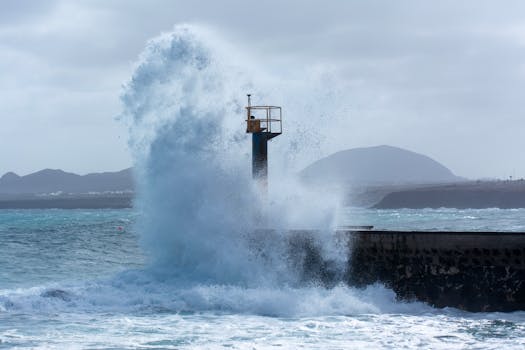How Weather Conditions Impact Your Golf Game: Insights and Strategies
Published: 29.06.2025 12:37 | Author: Jan Novák

Understanding how weather affects golf performances is crucial for both amateur and professional golfers. Weather conditions can play a significant role in how well players perform on the course. This article explores the various ways in which weather impacts golf results, discusses the advantages and disadvantages of playing in different weather conditions, and provides practical examples.
Influence of Temperature on Golf Play
Temperature is a major factor that affects golf. High temperatures can cause golf balls to expand slightly, increasing their distance potential. However, players may struggle with fatigue and dehydration in hot weather, affecting their concentration and overall performance. Conversely, cold weather can make the ball contract and travel a shorter distance. Additionally, cold muscles are more prone to injury, which can adversely affect a golfer's swing and accuracy.
Impact of Wind on Golf Shots
Wind is perhaps the most challenging weather condition for golfers. It can drastically alter the trajectory and distance of a golf ball. A headwind can shorten the drive, while a tailwind can extend it. Crosswinds challenge golfers to adjust their aim to compensate for lateral deviations the wind causes. Mastering wind play requires skill and experience, and often distinguishes seasoned players from novices.
Effects of Rain on Golf Courses
Rain can soften the golf course, affecting how the ball rolls on the green and lands on the fairways. Wet conditions can lead to less roll, higher ball marks on the greens, and potentially slower play. However, soft greens can also be more receptive to approach shots, allowing balls to stop more quickly and close to the hole. Players need to adjust their strategies, possibly opting for more lofted clubs to counteract the wet conditions.
Advantages and Disadvantages
Each weather condition presents unique challenges and benefits. Warm weather may enhance ball distance but can also lead to physical discomfort. Cool weather may prevent overheating but can reduce ball travel and increase injury risk. Windy conditions can test a player's skill in shot-making but can also lead to higher scores due to difficulty controlling the ball. Rain can make greens more manageable but can also slow down play and increase the likelihood of poor shots.
Practical Examples
Professional tournaments often showcase how seasoned golfers adjust to weather conditions. For instance, during the 2012 Open Championship at Royal Lytham & St Annes, persistent rain and wind challenged players, but those who adjusted their play style and equipment choice according to the conditions fared better. Similarly, in hot climates, such as the 2019 PGA Tour in Arizona, players who maintained hydration and managed heat stress performed optimally.
Conclusion and Recommendations
Weather conditions significantly impact golf results, and understanding these effects can help players improve their game. Golfers should check weather forecasts before playing and consider adjustments to their equipment and strategy based on expected conditions. Practicing in various weather scenarios can also prepare players for the challenges they might face in competitive play. Whether you are a casual golfer or a professional, being aware of and adaptable to the weather can enhance your performance and enjoyment of the game.
In conclusion, weather is a pivotal factor in golf that requires players to adapt and strategize accordingly. For those looking to improve their game, consider practicing in different weather conditions and always plan ahead based on the weather forecast.
More interesting articles
2024 Golf Season Preview: Tech Trends, Tournament Changes & More
05.07.2025Author: Jan Novák
What to Expect from the Next Golf Season
As the current golf season winds down, enthusiasts and professionals alike are already turning their attention to what the next golf season might bring. With ...
Must-Watch Golf Majors: The Top Tournaments Every Fan Should See
03.07.2025Author: Jan Novák
Top Golf Tournaments Every Fan Should Know
Golf, a game rich in tradition and history, offers a plethora of tournaments each year that attract fans from around the globe. Understanding the significan...
Mastering Golf: How Weather Conditions Impact Your Game Performance
02.07.2025Author: Jan Novák
How Weather Conditions Influence Golf Results
Weather plays a pivotal role in many sports, but its impact on golf can be particularly significant. Understanding how different weather conditions affec...
Mastering the Game: Essential Golf Strategies Used by the Pros
02.07.2025Author: Jan Novák
Analyzing Famous Golf Strategies
Golf, often perceived as a game of leisure, is equally a sport of strategy and skill. This article delves into the famous golf strategies employed by professionals, e...
Master Golf: Essential Techniques for All Skill Levels
02.07.2025Author: Jan Novák
Golfing Techniques: From Basics to Advanced
Golfing techniques are the foundation of success for every player, from weekend amateurs to seasoned professionals. Whether you're just learning the game...